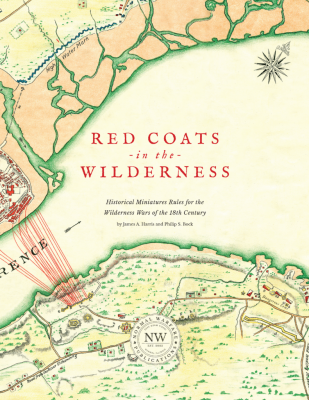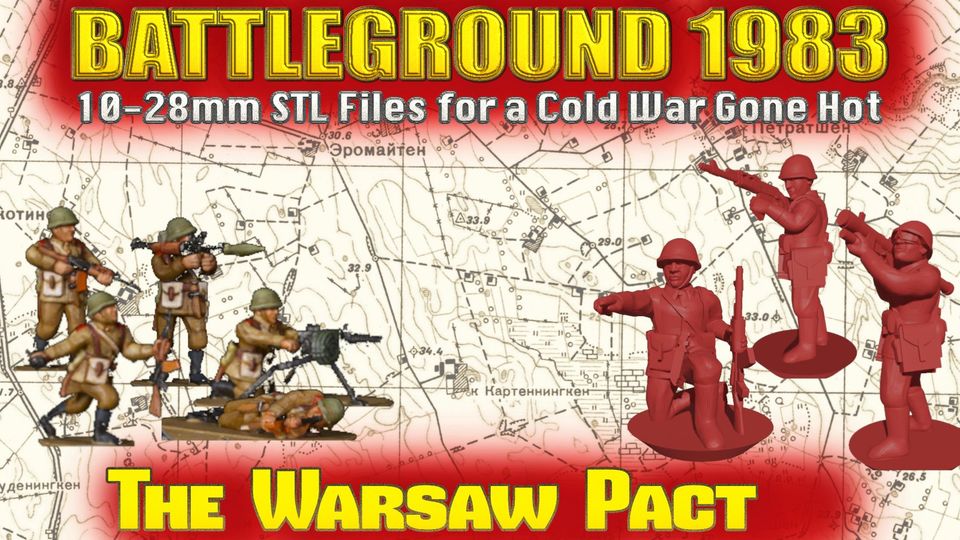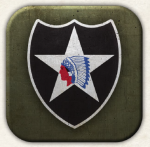Team Yankee COLD WAR Warriors Revisited Part 2 the T-62, T-62M and the T-72M
By Howard West
Background
My previous article Team Yankee COLD WAR Warrior Revisited the T-55 Tank focused on a Team Yankee player adding a 24-27 point 2nd or allied T-55 tank formation to an existing army list. With the “official” Team Yankee points reduced for this year’s US National events and with the changing META caused by the new NATO books as described in Tom Gall’s recent No Dice No Glory article on chasing the Team Yankee Meta.
Also, several of our upcoming local Team Yankee tournaments that I will be playing in have the following point levels: 110, 94, and 70. I thought this provided a good basis for a series of list-building discussions for Team Yankee on No Dice No Glory.


 By Tom Burgess,
By Tom Burgess, The new Bulge American Book gives us a new take on US Rifles in Version 4 Flames of War. This new list represent the forces that had been heavily engaged in combat throughout much of 1944. These units had been relocated to the “quiet” Ardennes area for a chance to rest and recuperate. They had no idea that they were about to be at the front facing off against Hitler’s last major offensive to try to turn back the tide in the west.
The new Bulge American Book gives us a new take on US Rifles in Version 4 Flames of War. This new list represent the forces that had been heavily engaged in combat throughout much of 1944. These units had been relocated to the “quiet” Ardennes area for a chance to rest and recuperate. They had no idea that they were about to be at the front facing off against Hitler’s last major offensive to try to turn back the tide in the west.